| item(s), Total: $0.00 View Cart |
| Shopping cart is empty. |
Hi There and welcome to our February 2013 e-newsletter!
Happy New Year to you! I hope your garden has been surviving well over summer, and you are harvesting a range of yummy home grown produce from it. In this newsletter we have some tips to help you in the garden at this time of year, new stuff from us, and a freebie for YOU. As always, your feedback is welcome. And remember to 'Like' us on Facebook to keep up with the latest news. Enjoy, and happy gardening! Cheers,
Jobs for the garden this Autumn SPECIAL OFFER for our newsletter readers!! As things are coming to the end of their cycle in the garden, it’s time to clean out garden beds, compost spent plants, and to start planning your next cycle of planting. Here are a few things which you may need to address at this time of year:-
Sunscreen for your plants Possibly a little late now, we have in stock 50% white horticultural shadecloth. This is used by many nurseries and commercial growers to provide enough shade to protect plants from the harshest of summer sun, but the white colour (which allows the full spectrum of light through) still promotes strong, even growth. If you wish to grab some while it's available we're selling it off the roll for $18 per linear metre. It is 3.66 metres wide, so a little goes a long way! It is a bit 'in between' seasons at this time of year, depending on what the weather does. Some summer crops can still be planted, but it is always a bit of a risk whether they will -See our ‘when to sow’ chart: Things like salad greens, beetroot, squash, radish, spring onions are all worthwhile planting now. Just remember to keep water up to young seedlings, as they are very vunerable when germinating and post emergent. New stock will be coming in regularly - again depending on how the season goes - check with us to see what's new! Currently we have a great range of Chilli plants, looking fantastic. We have over 15 varieties in large pots and selling for $6.00 each or 2 for $10.00. If your garden is like ours, by the end of summer it is really struggling. We keep things alive, but don't over use water, so any especially sensitive plants often don't make it. (We have a small 'intensive' zone near the house which gets a little more TLC.) So when preparing for a winter planting, we really need to put some time into preparing the soil. Firstly, soil which has dried out completely over summer is going to be water repellent. You may wish to think about adding 'Sand Remedy' or maybe pure bentonite clay into the soil, and certainly an amount of organic matter to bring up nutrition. Soak the soil thoroughly. Turn it through, lightly and soak again. Remember when you were a kid and made mud pies? Well that's what you'll need to do here. Be prepared to use a considerable amount of water, but you WILL find the consistency changes as you work it through. And the good news is, you should only need to do this once. Mulching the soil will certainly help keep moisture in (and we always recommend this), but as the weather cools, even if the very top layer crusts over, the soil below will remain damp below. Adding rock dust at this time is also beneficial. Once moist, the beneficial microbes in the soil will begin to build up and these are the guys which make your plants thrive. Sand Remedy Many of our customers will already be familiar with Sand Remedy, our mineral mix designed to replace traditional soil wetting agents.
Sand Remedy contains rock dust, which provides a broad spectrum of trace elements and basic nutrients. There is also a microbial innoculent incorporated to kick start the colonisation process. The formula is Certified Organic, for peace of mind for you and your family's health. Space Invaders - The Root of All Evil??* If you are establishing a new bed, or are revamping a new bed, it might be time to consider whether you need to do something about space invaders. What am I on about? Well, we have had several customers over the years giving us feedback their gardens aren't thriving (even after purchasing our amazing soil!) and Paul has paid them a visit, only to discover that roots inflitrating the garden bed is the main problem. Don't underestimate a tree's ability to sniff out the water and wonderful nutrients you are giving to your vegetable crop. Tree roots are capable of travelling many metres (we've seen them up to 15m away taking up most of the space within a 6 week period). Where space is a premium, of course you may well need to plant much closer than this to a tree, or nearby shrubs. Or even a fence, with your neighbour's plants quite close by. The best way to solve the problem is to use a raised bed, and include some kind of root barrier material. Geotex is a felt-like grey material especially designed for the purpose. We have found even this often fails if used in a single layer, but if you double up (or even use three layers) it is very effective.
There are other options which will cost you next to nothing - like old carpet or carpet underlay (often given away by carpet shops or found on roadside pickups). Some organic growers have concerns about chemical treatments on carpets; but depending on where you stand on this issue the recycling of a waste product is admirable. You CAN use plastic sheeting, but be aware you will then have drainage problems. You can make small slits in the sheets to help with this, and/or allow extra depth for drainage. Any of these methods will certainly help, but considering how fine and robust tree roots are, always be vigilant. You may need to replace your barrier material from time to time, but you should get quite a few growing seasons out of the bed first. If you are unsure, go and investigate your garden. If it is full of fine, fiberous material you may have a problem. If the roots belong to expired crops, this is fine, as the material will break down. But if it is living tissue, you have a space invader sucking your bed dry of all the goodies you are lovingly providing your vegies and herbs! * Apologies for the pun. Garden Week - Sustainability Square
Our aim is to present a range of sustainable concepts via displays and gardening talks (particularly suited to the home garden situation) to inspire and encourage gardeners. Come along and visit our stand, and say hello! Tomato Contest
Here at GLSC we are nothing if not tenacious, so we'll run the contest again next year, and try and think of ways to make it bigger and better when we do.
Mulch/Soil Spreading Service If you need:
- but DON"T want to do the shovelling - then let us do it for YOU! This isn't a gardening service (so no pruning/weeding/planting) - but a way to get the back-breaking work done FAST so you can get on with the fun part!! Ring us for an obligation free quote today! Nematodes are microscopic worm like creatures that live in soil. In fact, they are the most numerous multi-celled creature on earth, found on every continent. The mere mention of them strikes fear into the heart of most gardeners in Perth – however the reality is that many nematodes are actually beneficial and in fact an essential part of healthy soil biology. Many nematodes feed on bacteria, fungi, algae, small invertebrates and other nematodes. However there are a few varieties which feed on plant roots. They lay their eggs in the roots, and as they hatch and numbers grow, they deprive the plant of moisture and nutrients and the plant shows signs of yellowing, stunted growth, and may die. Root knot nematodes thrive in sandy soils, and prefer warm conditions. Areas with long, dry summers and short winters suit them well. So does this sound familiar?? Identification
Be aware that nitrogen fixing species (peas, beans, legumes) have nitrogen fixing nodules on their roots, which can sometimes be wrongly suspected of being nematodes. The good thing is there ARE things that can be done. If you have root knot nematodes in your garden, it is usually a symptom of the soil’s condition, and shows an imbalance in soil biology. Nematodes usually live in the top 30cms of soil, and eggs can survive for a few months in fallow ground. However if you plant in a crop which the nematode’s don’t feed on, and leave it for some months, the nematodes will starve. The first thing to do is to incorporate more organic material into the soil. Lots of it. Animal manures are beneficial, especially chicken manure, because the nitrogen content stimulates conditions that are not ideal for the nematodes. There is also some evidence that raising pH (which fresh manure will do) will also help with nematode control.
Photo to the right is root knot nematode damage. Crop Rotation Certain types of plants are particularly susceptible to root knot nematodes. Tomatoes are one. Many types of vegetables are susceptible (carrots, peas, beans, capsicum), as are grape vines, roses, and some stonefruit. The practise of crop rotation is beneficial. Brassicas (cauliflower, broccoli, kale, cabbage, mustard, kohl rabi, turnips, brussel sprouts, bok choi, radish, rocket, mizuna, collards) actually emit a substance into the soil that kills root knot nematodes, so if you have an infestation, plant out members of this family thickly. Green Manure Crop
Photo to the right is nitrogen fixing nodules. (Not nematode damage.) Marigolds African and French marigolds both exude a substance into the soil which will kill root knot nematodes. However they must be planted thickly (one or two flowers dotted around your vegie garden simply won’t be enough) and left in the ground for at least three months to be effective. Molasses Using approx. 2 tablespoons of molasses per litre of water (dissolve when the water is warm), apply this to the nematode infected soil with a watering can. (Note: I have read varying quantities recommended – even up to 1:4 molasses to water ratio!) Molasses is available in many forms. Look for the least refined and most organic possible. We do sell it in small tubs, or you could try health food stores or stock feed suppliers, but you may need to buy larger amounts. Molasses works by increasing the food source for bacteria in the soil. It changes the balance of bacteria/fungi/nematodes in the soil biology, and this may not necessarily be a good thing. Earthworms can be adversely affected also. Use this treatment sparingly and as a last resort. (Note: Molasses is advocated by some as a regular soil additive. For plants that prefer a bacterial dominant soil biology (eg. Turf/grasses) this may be the case. It would be beneficial when planting a new lawn, or when trying to revitalise a struggling one for instance. However we wouldn’t recommend it for shrubs and trees as woodier plants benefit from a more fungal dominant soil biology.) Solarisation Leaving bare soil covered with plastic weighted down at the edges will work to ‘cook’ the soil and kill nematodes. Of course, it will also affect beneficial soil biology the same way. For bad infestations, turn through the soil every few weeks to ensure the maximum exposure to sun & heat throughout the top 30cm layer. Areas left like this for a few months, particularly over summer, will have less problems in future seasons. Just remember to re-inoculate the soil with lots of healthy biology – use lots of compost to dig through before re-planting. What to do with infected plant material Firstly, ensure all roots are dug up and not left in the soil. Very hot composting methods will destroy root knot nematode eggs, but if you are uncertain that your composting methods will do the job, then cut off the roots and dispose of by burning. The tops of infected plants are fine for composting. Nematodes don’t move a huge distance on their own – it is thought only a metre or so. Practising good hygiene (being careful not to distribute infected soil or root material on garden tools or by careless digging) and selective planting, crop rotation and soil improvement methods, you should be able to control their numbers so they do not have such a devastating effect on your crops.
Spend $40 or over on ANY product, and receive one FREE bag of blended manure. Blended manure is a weed free mix of sheep & cow manure. Perfect for topping up a bed, or getting a new pile of compost kickstarted... Or as a gift to a 'special someone' - the choice is yours!!!!! Offer valid one per customer. Mention this newsletter offer to staff to receive your free bag.
So until next time – have a great time this Autumn in the garden! Have fun, and Let’s get dirty! (Don't forget - we'd love your feedback on this newsletter! Please contact us with your comments!) Thanks,
Visit The Green Life Soil Co store, or shop on line for a range of garden supplies and organic garden products. |

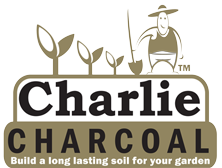

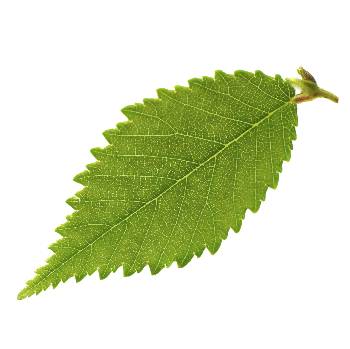
 In this newsletter:
In this newsletter: Sand Remedy is designed to make the soil more habitable by beneficial microbes, fungi & bacteria. Once this microscopic soil life colonises the soil, nutrients become more available to plants, and the whole cycle of promoting healthy, living soil is begun. (Of course, we always recommend Sand Remedy as part of a soil improvement process, and additional organic matter is essential to really improve poor, sandy soil.)
Sand Remedy is designed to make the soil more habitable by beneficial microbes, fungi & bacteria. Once this microscopic soil life colonises the soil, nutrients become more available to plants, and the whole cycle of promoting healthy, living soil is begun. (Of course, we always recommend Sand Remedy as part of a soil improvement process, and additional organic matter is essential to really improve poor, sandy soil.)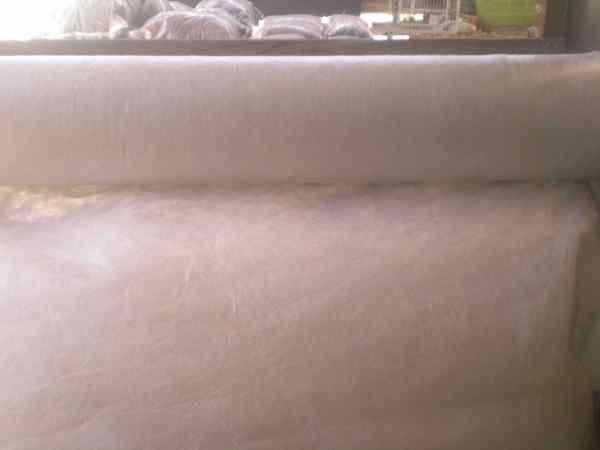 We now have 2m wide Geotex material available (shown here) for sale off the roll at $6.50 per linear metre.
We now have 2m wide Geotex material available (shown here) for sale off the roll at $6.50 per linear metre.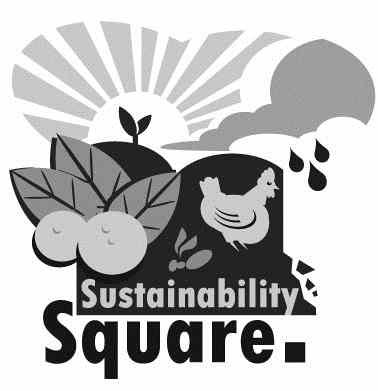 Garden week is on again at Perry Lakes April 18 - 22, and this year we will be involved again with a group of businesses and not for profit organisations with an environmentally friendly focus to bring you 'Sustainability Square'.
Garden week is on again at Perry Lakes April 18 - 22, and this year we will be involved again with a group of businesses and not for profit organisations with an environmentally friendly focus to bring you 'Sustainability Square'. 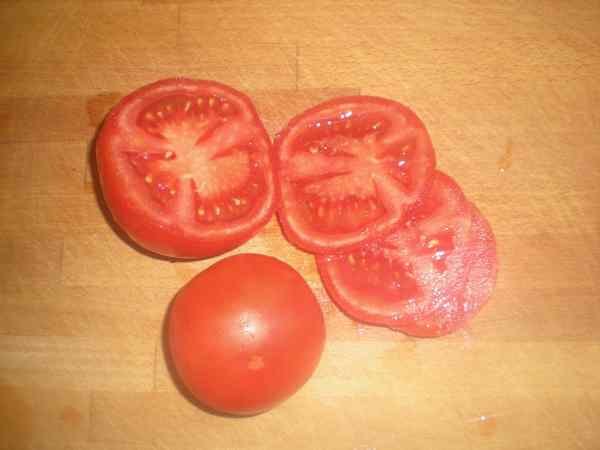 Personally, this year I confess we did not have a great year for tomatoes. Perhaps that is the case with many of you out there, too, as we had a limited response to our Tomato Contest this year. Thanks to Damo Mansfield who entered and AGAIN took out our prize - this year with his 'Swanson' tomato, grown from seed (pictured here).
Personally, this year I confess we did not have a great year for tomatoes. Perhaps that is the case with many of you out there, too, as we had a limited response to our Tomato Contest this year. Thanks to Damo Mansfield who entered and AGAIN took out our prize - this year with his 'Swanson' tomato, grown from seed (pictured here).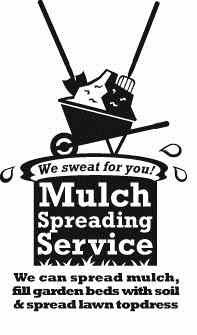 NEW!! Let us sweat for you!
NEW!! Let us sweat for you! If you are concerned you MAY have root knot nematodes, the only way to be sure is unfortunately to rip out a plant and have a look! There will be warty lumps along the root surface.
If you are concerned you MAY have root knot nematodes, the only way to be sure is unfortunately to rip out a plant and have a look! There will be warty lumps along the root surface.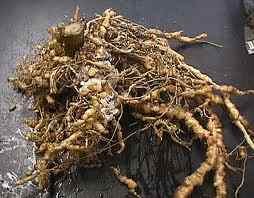 Adding organic material also helps alter the balance of soil biology, and will encourage other nematode species to build up numbers that will then prey on the root knot nematode. Remember the organic gardener’s mantra; feed the soil! Unfortunately this is never a ‘once off’, but your garden will benefit hugely from regular (at least yearly) generous top ups.
Adding organic material also helps alter the balance of soil biology, and will encourage other nematode species to build up numbers that will then prey on the root knot nematode. Remember the organic gardener’s mantra; feed the soil! Unfortunately this is never a ‘once off’, but your garden will benefit hugely from regular (at least yearly) generous top ups. Green manure seeds contain members of the brassica family and have the added benefit of adding a large amount of organic matter once it has been slashed and returned to the soil. We sell green manure seed packs - these usually are available from about April onwards.
Green manure seeds contain members of the brassica family and have the added benefit of adding a large amount of organic matter once it has been slashed and returned to the soil. We sell green manure seed packs - these usually are available from about April onwards.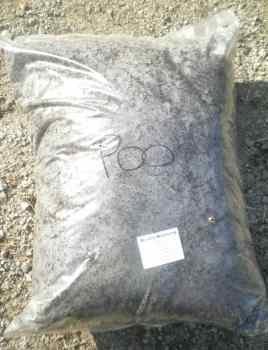 For our wonderful newsletter readers, we have a FREE gift for you - valid until until close of business Sunday, 17th March.
For our wonderful newsletter readers, we have a FREE gift for you - valid until until close of business Sunday, 17th March. 




















